Retro Replay Review
Gameplay
Adventure Master revolves around a straightforward two-word parser that invites players to navigate their own handcrafted worlds with commands like “Go North” or “Get Thingamajig.” This simplicity makes it immediately accessible for newcomers to the genre, while providing enough depth for more experienced adventure designers. The parser’s design keeps interactions brisk and intuitive, though it does occasionally stumble over more complex or unusually phrased inputs.
(HEY YOU!! We hope you enjoy! We try not to run ads. So basically, this is a very expensive hobby running this site. Please consider joining us for updates, forums, and more. Network w/ us to make some cash or friends while retro gaming, and you can win some free retro games for posting. Okay, carry on 👍)
At its core, Adventure Master is as much a creation tool as it is a game. Users can define rooms, place objects, and write descriptive text that determines how players interact with each environment. Building an adventure feels like assembling puzzle pieces: you craft locations, imbue items with unique properties, and guide players through a narrative you architect. This hands-on approach is both rewarding and educational, especially for those keen to understand the mechanics behind classic text adventures.
The program includes three sample adventures—Becca in Outlaw Cave, Clever Catacombs (the only fully finished example), and the incomplete Wild Trails. These samples serve as both templates and inspiration, showcasing the potential of the engine while highlighting its limitations. Though the unfinished scenarios leave room for expansion, they also underscore how easily you can pick up the tools and flesh out your own endings or side quests.
Graphics
While Adventure Master is primarily text-driven, its graphical capabilities add a charming visual layer to your creations. The system supports 160×96 pixel images in a 4-color palette, allowing for simple illustrations that complement the narrative. These visuals often appear at key moments—discovering a hidden passage, encountering an NPC, or examining a curious artifact—bringing a splash of color to otherwise text-heavy gameplay.
Creators are limited to roughly ten pictures per game, encouraging thoughtful placement of graphics to maintain pacing and avoid redundancy. This constraint can actually enhance the design process, prompting you to reserve images for the most dramatic or informative scenes. The result is a tighter, more focused experience where each illustration feels significant.
The pixel art style itself is very much of its mid-80s origin: blocky shapes, bold colors, and minimal detail. While it won’t rival modern indie titles, it exudes retro charm and nostalgia, perfectly capturing the spirit of early home computing. For players who appreciate vintage aesthetics, these graphics can be a delightful throwback; for others, they serve as functional space-fillers that support the text rather than distract from it.
Story
Adventure Master’s greatest strength lies in the freedom it grants storytellers. Whether you opt to expand one of the provided samples or craft an entirely new narrative, the engine supports branching paths, hidden secrets, and puzzles that test player wit. The sample adventure Clever Catacombs demonstrates a polished, cohesive storyline, guiding players through shifting corridors, deadly traps, and clever wordplay that feels surprisingly modern despite the dated interface.
Becca in Outlaw Cave and Wild Trails offer glimpses of the engine’s flexibility, though their unfinished state means some plot threads go unresolved. This half-finished quality can spark creativity, however, as designers are motivated to fill gaps, refine dialogue, or introduce new characters. It also underscores the importance of planning: without careful scripting, it’s easy to leave loose ends or create uneven pacing.
Players looking for pre-made adventures will find a fun but limited selection here. The true appeal is in building your own saga—designing memorable NPCs, establishing quest hooks, and crafting twists that keep audiences engaged. While you’ll need to supply most of the imaginative heft, Adventure Master equips you with all the basic storytelling tools needed to bring text-based fantasies to life.
Overall Experience
Adventure Master stands out as an accessible gateway into the world of text-adventure design, combining ease of use with nostalgic flair. For hobbyists and retro gaming enthusiasts, it offers a satisfying balance of creation and exploration. You’ll likely spend as much time dreaming up compelling puzzles as you do playing through finished scenarios, finding joy in both sides of the equation.
Its limitations—simple parser, low-res graphics, and capped illustration count—can feel restrictive to modern developers accustomed to more expansive toolsets. Yet these very constraints encourage creativity and concise design, ensuring that every room description and every image placement carries weight. The trade-off is a lean, focused experience free from feature bloat.
Ultimately, Adventure Master is an endearing relic of 1980s software ingenuity. If you’re curious about the roots of interactive fiction or want a hands-on introduction to game development, it delivers a charming, workmanlike package. Just be prepared to embrace its vintage quirks and invest time into planning your adventures—success lies in your storytelling vision as much as in the tool itself.
 Retro Replay Retro Replay gaming reviews, news, emulation, geek stuff and more!
Retro Replay Retro Replay gaming reviews, news, emulation, geek stuff and more!
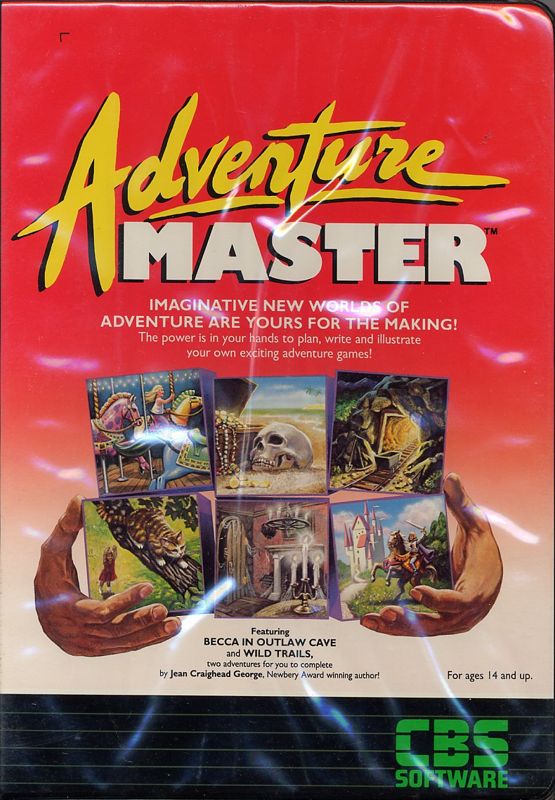
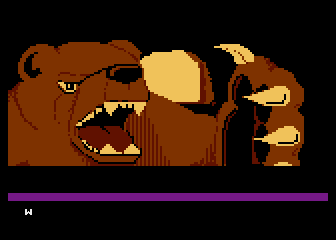
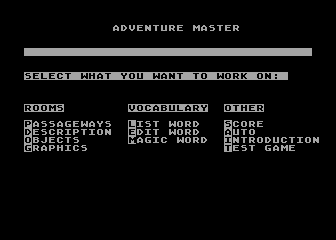
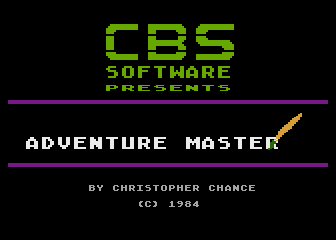
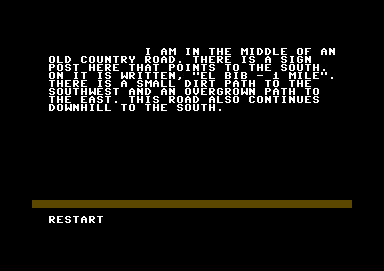
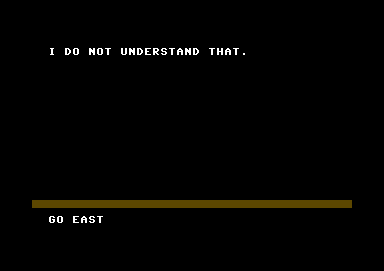



Reviews
There are no reviews yet.